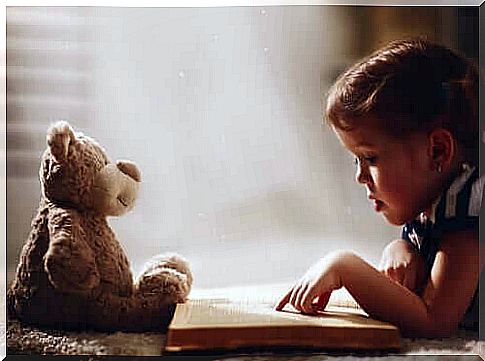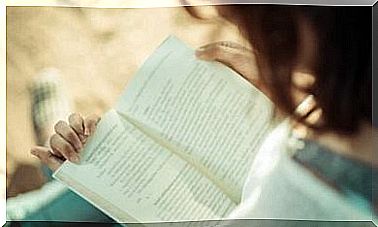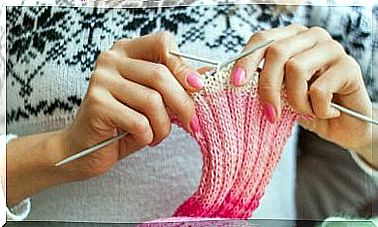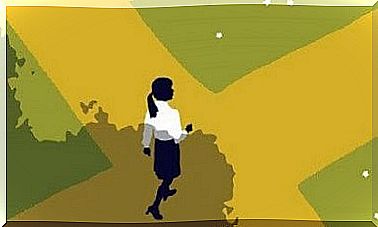Reading As A Source Of Emotional Processing In Children

Reading is an important activity. For children, it’s even more important: they can use reading as a source of emotional processing. It is a tool for children to learn and understand their own emotional intelligence.
Reading goes far beyond deciphering letters. In addition to interpreting their meaning, it also creates neurological connections that become more complex as children grow.
When children read, their brains become more varied and detailed as they interpret messages that help them with their emotional memory. From there, they develop a habit of reading as an essential tool for learning good values.

Reading as emotional processing
Both parents and teachers are important figures in children’s learning. They are important not only for learning formal and theoretical knowledge, but also for knowledge that is more practical. Emotional processing is one of the areas where they can help.
According to experts, when parents take over tasks that children can do, the children are likely to feel inferior, useless, or unable to do simple and routine things.
This reinforcement of feelings of inferiority can keep the child in a state of fear. So it is important for adults to stop and show children that they are very capable.
How can adults show children that they are useful and can do things themselves? With excellent emotional processing skills. Reading is certainly a means of developing this.
What books can they read?
While any book can be helpful for emotional processing, certain books are better than others. If parents and teachers focus on that, their emotional intelligence will increase.
Stories and plays that focus on philosophy for children and teens, psychology for children, and so on are most likely to get them to develop emotional processing skills.
They can use their personal skills and learn to channel their feelings. This is especially important during times of transition. Between the ages of six and eight is such a period and, of course, during adolescence.
When you think about your own past, there is a lesson hidden in every classic story called a “morality.” Each of those pieces of knowledge belongs, in a sense, to the world of philosophy.
Today there are many philosophy books available that are aimed at children. Philosophy specialists in the world of psychological educators and experts have written many books that examine the world from a critical point of view. This helps children get closer to emotional processing and development.

What can be found in children’s books for emotional processing?
These kinds of books usually tell fun stories in which the main characters have to interpret their own emotions. This gives them interesting and practical lessons about processing their feelings.
It is clear that the lessons the main characters learn jump from the page to the minds of the children who read them. As a result, they learn valuable lessons.
Authors have adapted these same books for adolescents. This is important because today many feel a little lost as they leave their childhood behind and begin the road to adulthood. It is an important stage in which they must learn to understand and amplify their emotions as well as their emotional intelligence.
Children reinforce their values by reading. By the time they enter adolescence, they have developed good emotional experiences and tools for their own autonomy. This is all thanks to reading books written especially for them.
In short, reading is a source of emotional processing. So you have to use all the possibilities it offers to form satisfied, happy and responsible people.









